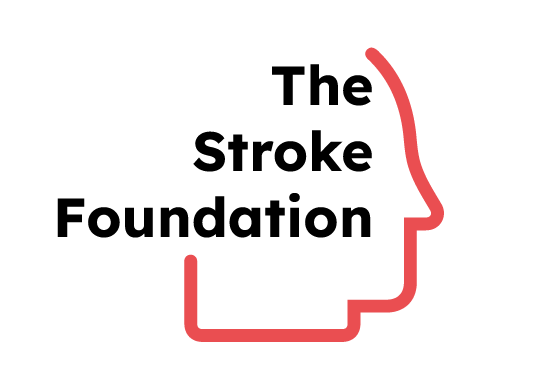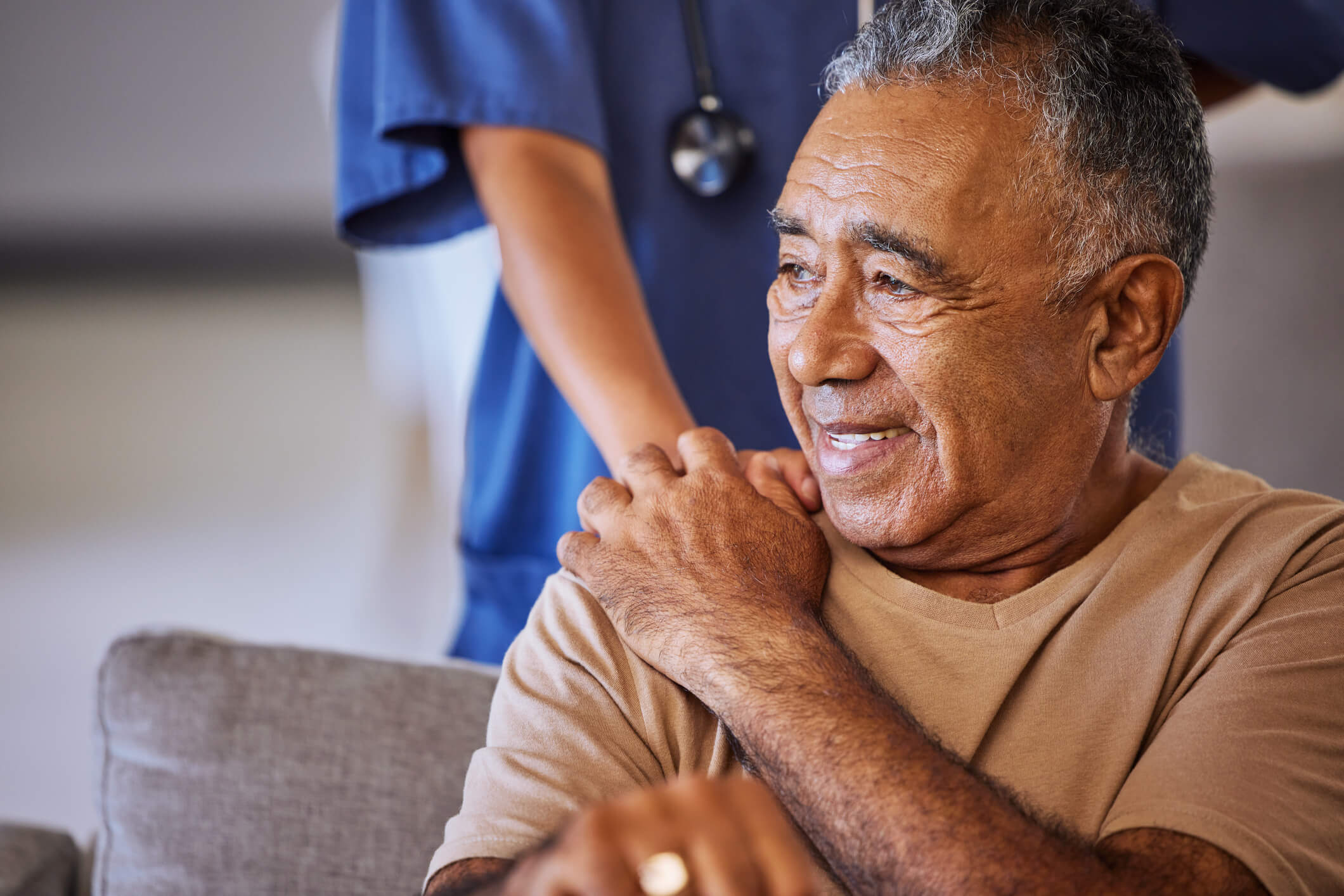March is Women’s History Month, a time to honor the contributions and resilience of women throughout history. It’s also a perfect opportunity to raise awareness about an important health issue that affects millions of women worldwide—stroke. While many people are familiar with the common signs of stroke, fewer realize that stroke often presents differently in women than in men. This difference can lead to delayed treatment and worse outcomes.
The Impact of Stroke on Women
Stroke is a leading cause of death and disability among women. In fact, according to the Centers for Disease Control and Prevention (CDC), one in five women will have a stroke in her lifetime. Women also tend to have worse outcomes after stroke compared to men, including greater disability and a higher likelihood of needing long-term care.
Key statistics on stroke in women:
- Women account for nearly 60% of all stroke-related deaths.
- Each year, about 55,000 more women than men experience a stroke.
- Black and Hispanic women face a disproportionately higher risk of stroke and worse outcomes due to healthcare disparities and higher rates of conditions like high blood pressure and diabetes.
- Pregnancy, menopause, and hormone replacement therapy (HRT) can all increase stroke risk in women.
How Stroke Symptoms Differ in Women
The classic stroke symptoms apply to both men and women and are best remembered with the acronym BEFAST:
- Balance
- Eyes or vision loss
- Face drooping
- Arm weakness
- Speech difficulty
- Time to call 911
However, women are more likely to experience atypical stroke symptoms, which can make recognition and diagnosis more difficult. These include:
- Sudden confusion or disorientation
- Fainting or loss of consciousness
- Sudden nausea or vomiting
- Hiccups
- Sudden chest pain
- Shortness of breath
- Seizures
Because these symptoms are less widely recognized as warning signs of stroke, they may be mistaken for other conditions like anxiety, migraines, or hormonal changes. As a result, women experiencing these symptoms may not seek medical help immediately, leading to dangerous delays in treatment.
Why Women Experience Stroke Differently
Several factors contribute to the differences in stroke presentation and risk among women:
- Hormonal influences – Estrogen plays a role in maintaining blood vessel health, but changes in hormone levels (due to pregnancy, menopause, or birth control use) can impact stroke risk.
- Longer life expectancy – Women, on average, live longer than men. Since stroke risk increases with age, women are more likely to experience stroke at older ages, when they may already have other health complications.
- Higher prevalence of autoimmune and clotting disorders – Conditions like lupus, which disproportionately affect women, can increase stroke risk.
- Under-recognition of symptoms – Women and healthcare providers alike may overlook the more subtle or atypical symptoms of stroke, leading to delays in treatment.
What Women Can Do to Lower Their Stroke Risk
The good news is that up to 80% of strokes can be prevented through lifestyle changes and medical management. Women can reduce their risk by:
- Managing blood pressure – High blood pressure is the leading risk factor for stroke. Regular monitoring and treatment can significantly lower stroke risk.
- Knowing their personal risk factors – Women should talk to their healthcare providers about how factors like pregnancy, birth control, and menopause may impact their stroke risk.
- Maintaining a heart-healthy lifestyle – A balanced diet, regular exercise, not smoking, and limiting alcohol intake all contribute to lower stroke risk.
- Recognizing and acting on symptoms quickly – Time is critical in stroke treatment. Calling 911 at the first sign of stroke symptoms can make all the difference.
Women have been at the forefront of countless historical movements, advocating for their rights and well-being. This Women’s History Month, let’s prioritize women’s health by raising awareness about stroke and its unique impact on women. By understanding the risks, recognizing the signs, and taking action, we can help save lives and empower women to protect their health.
If you or a loved one experiences any signs of stroke—whether typical or atypical—seek emergency medical care immediately. Your awareness and quick action could be life-saving.


%20(2)%20(1).png)



